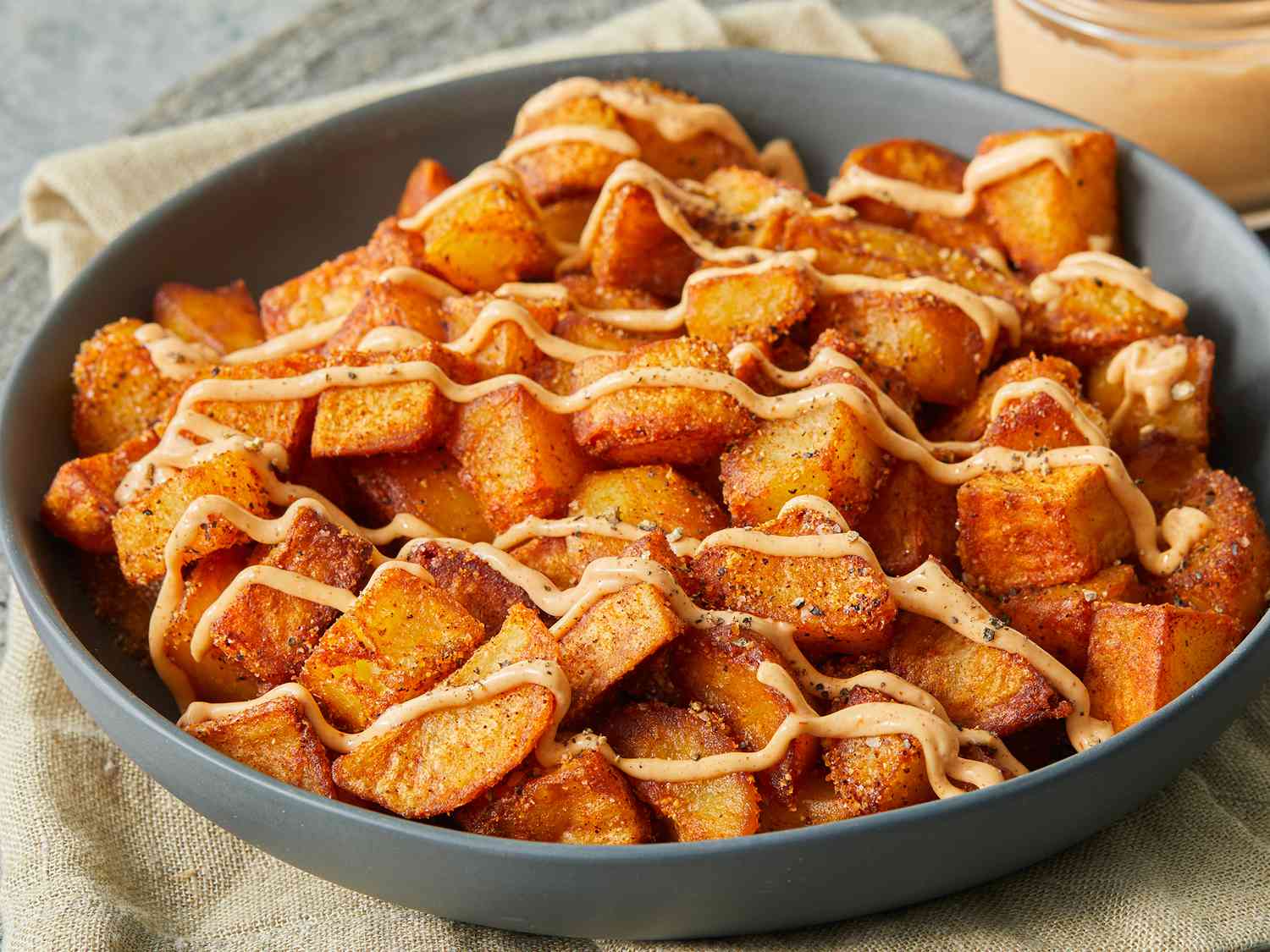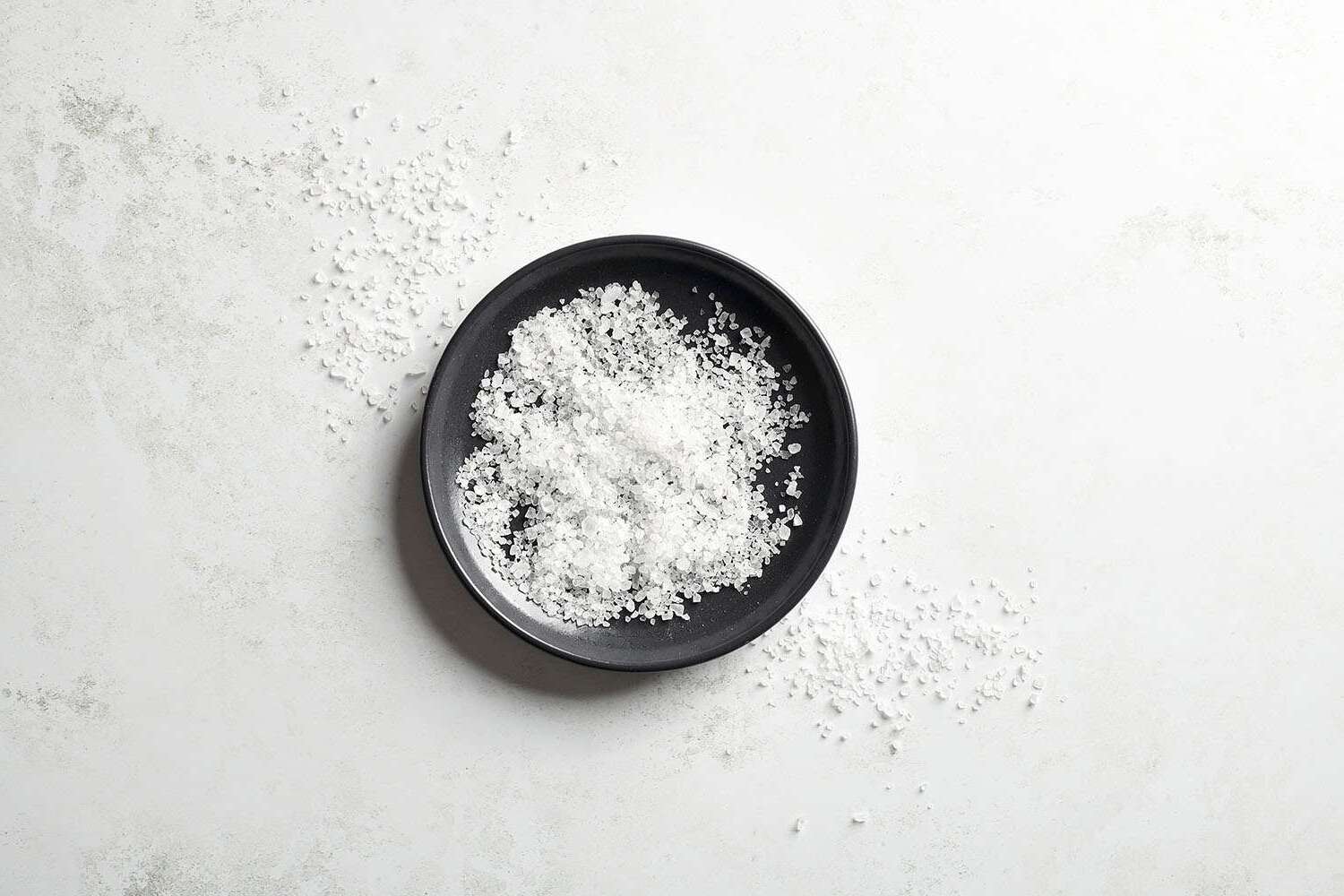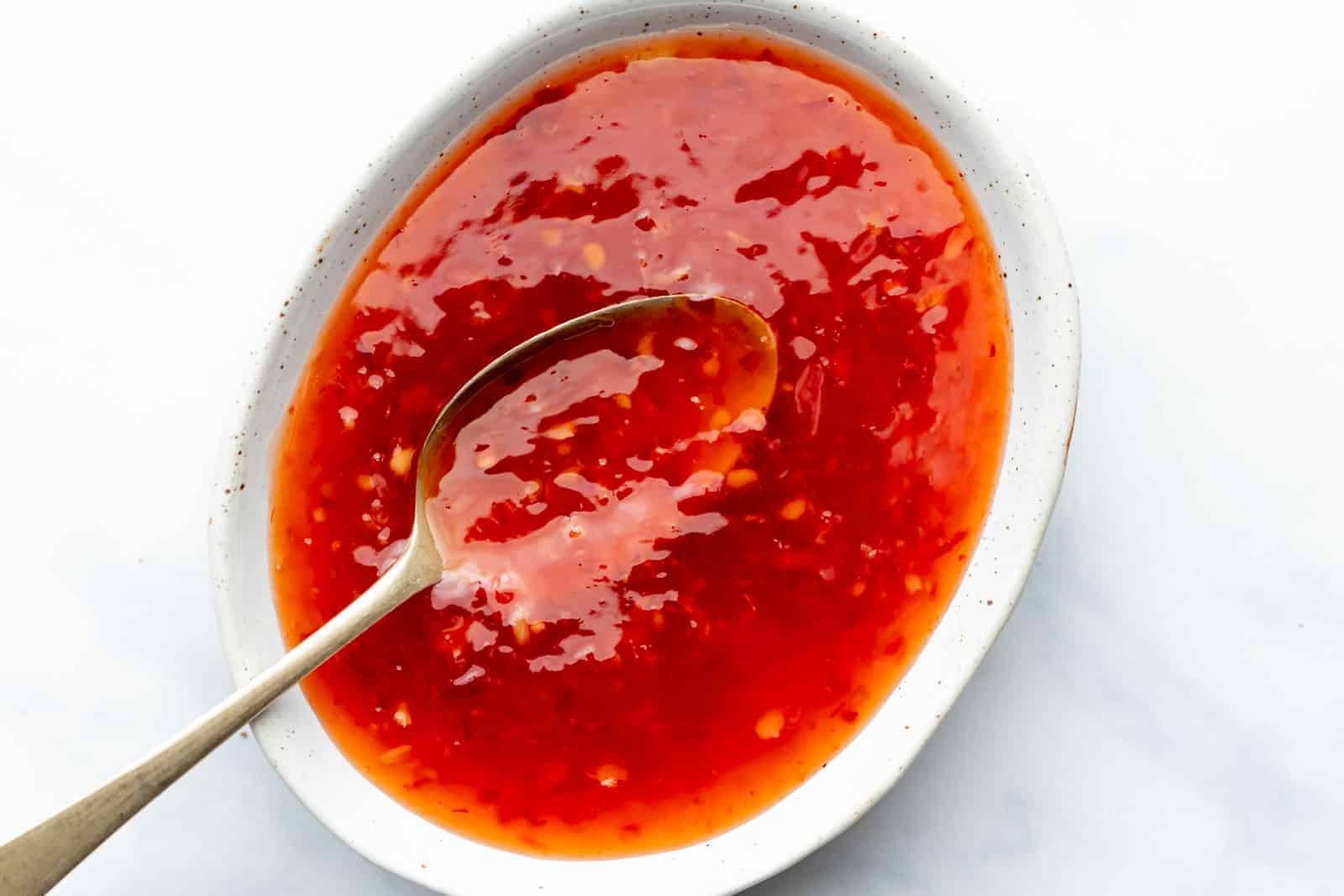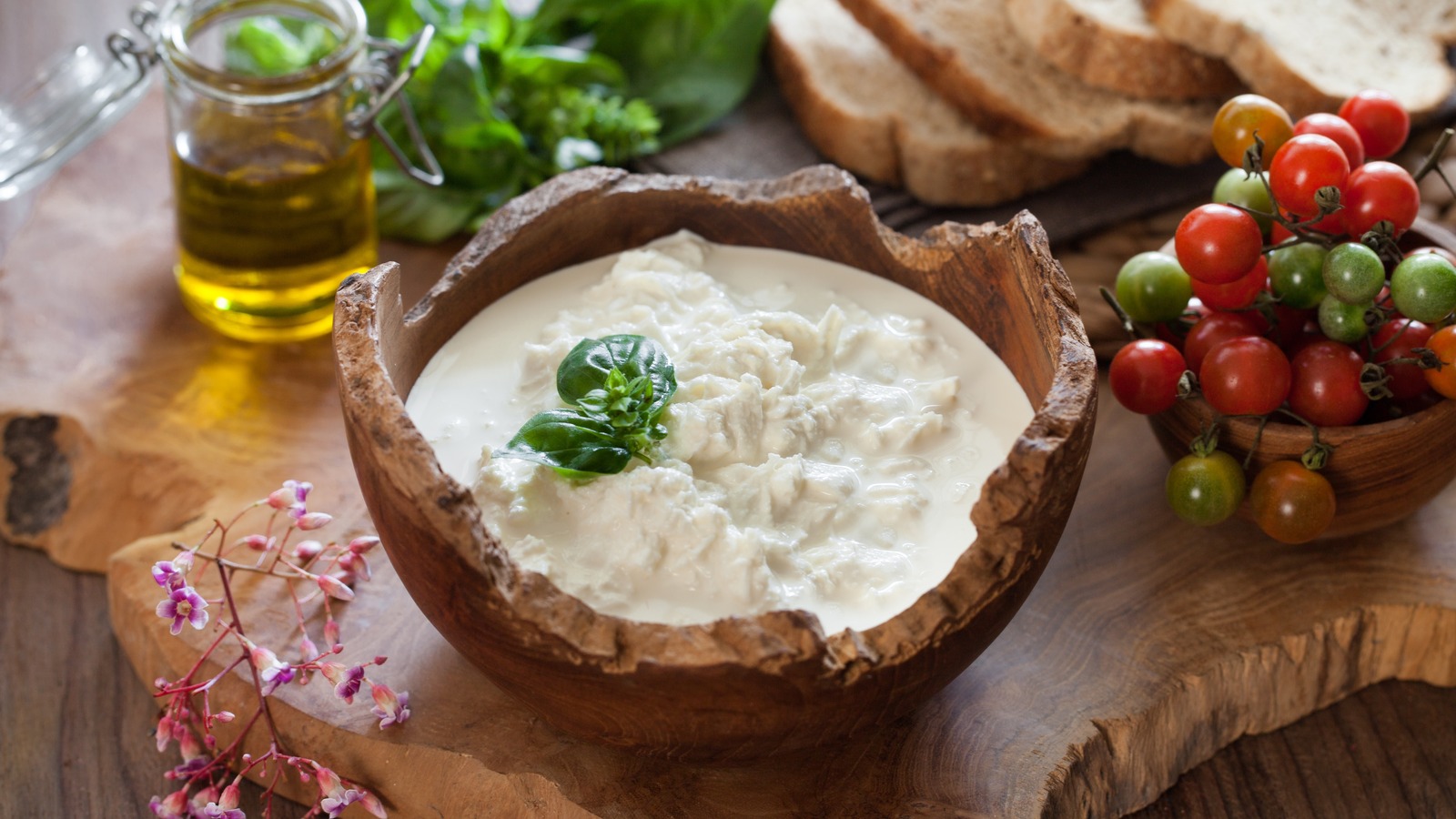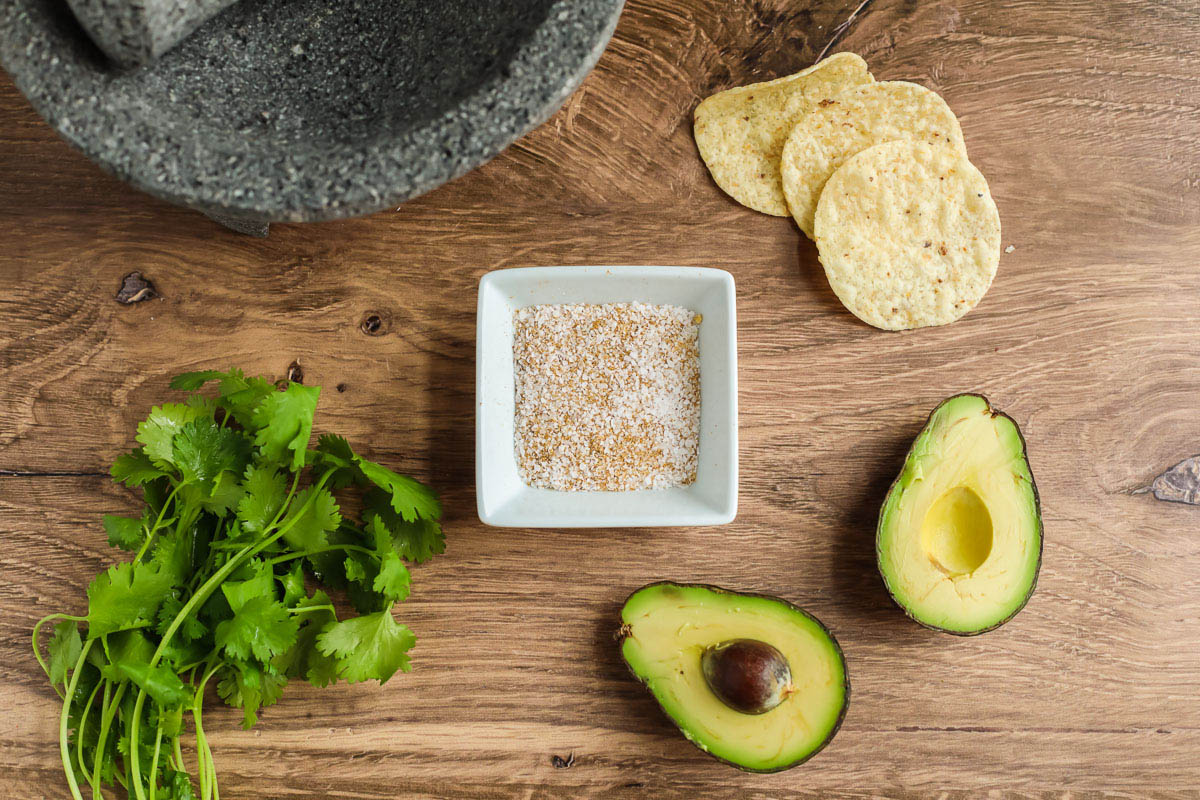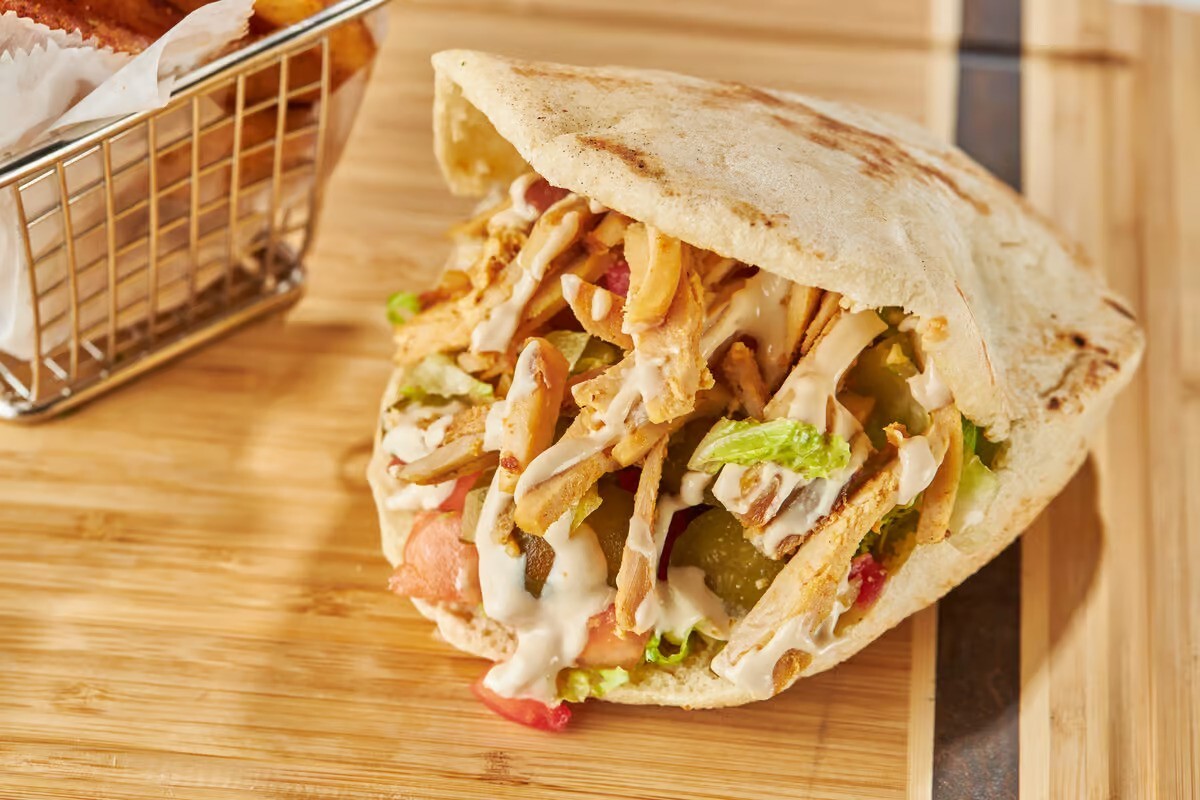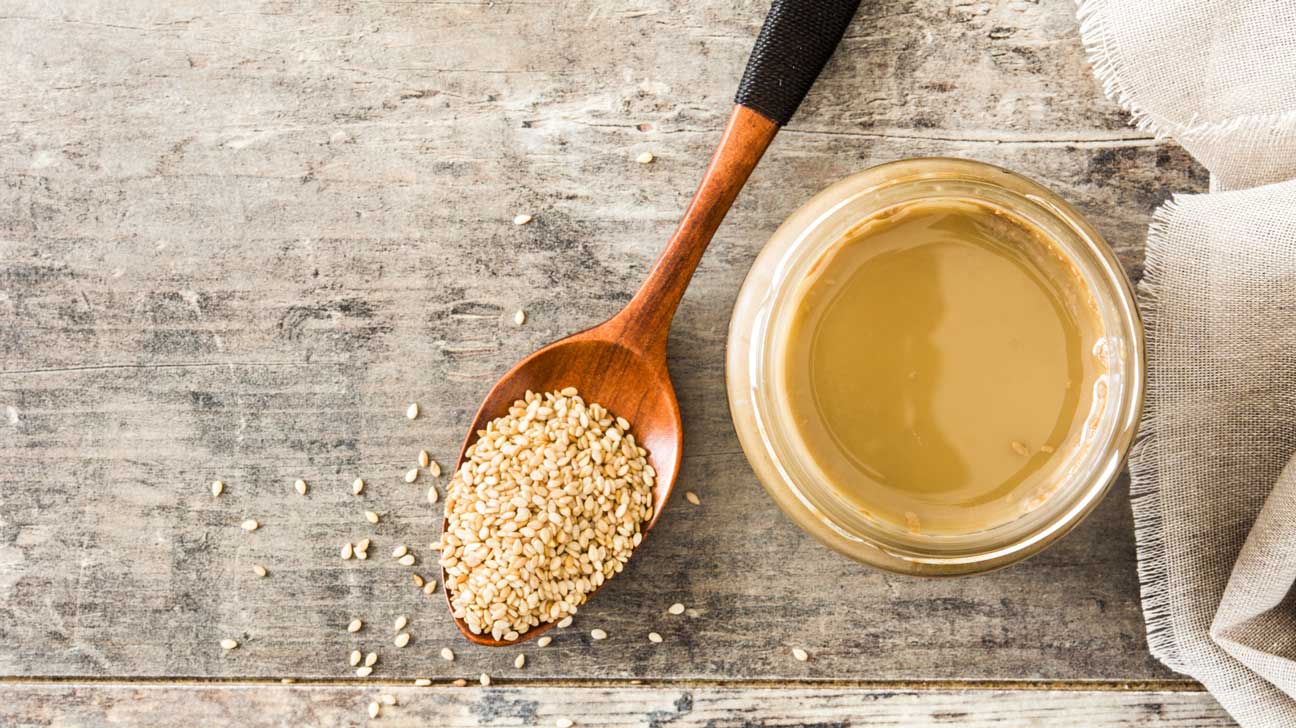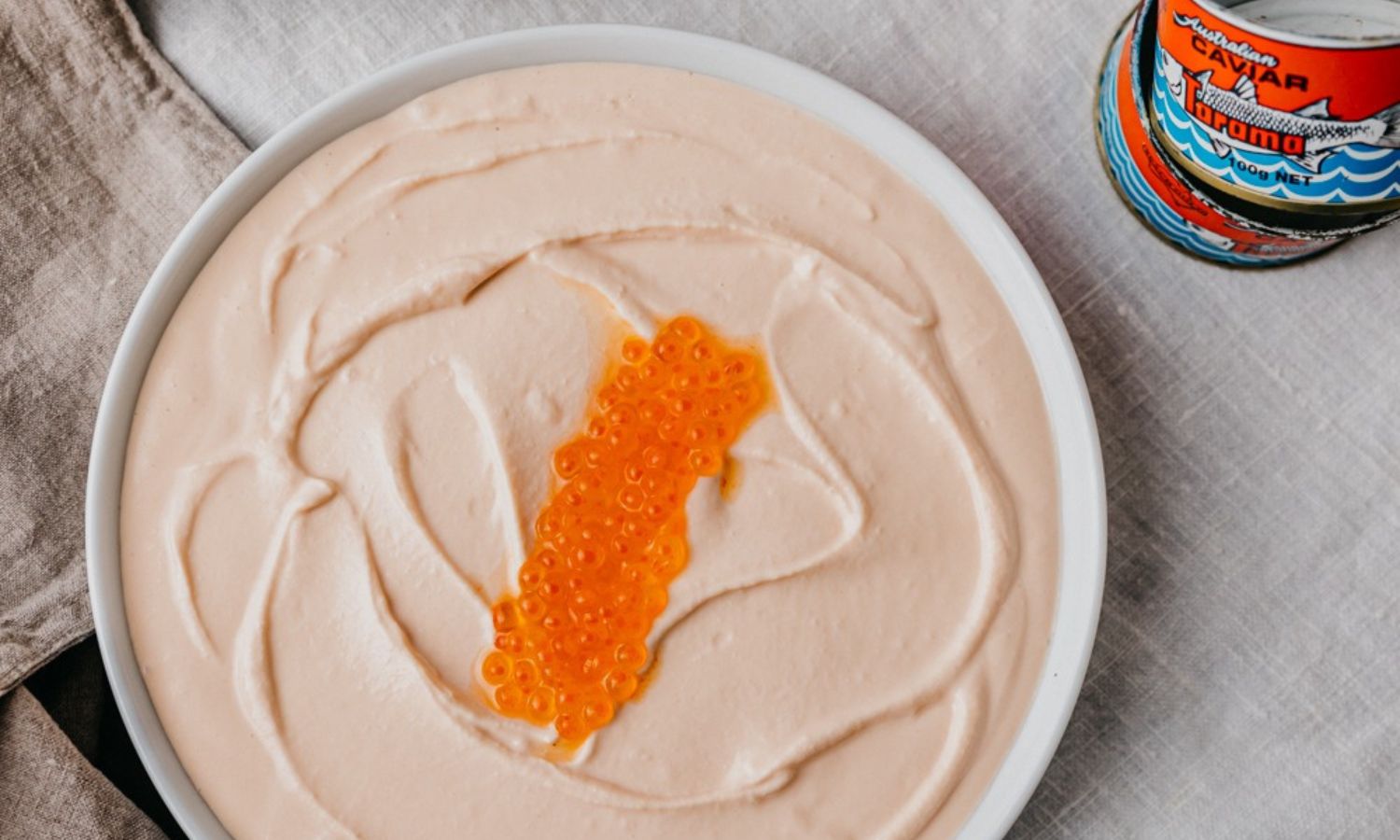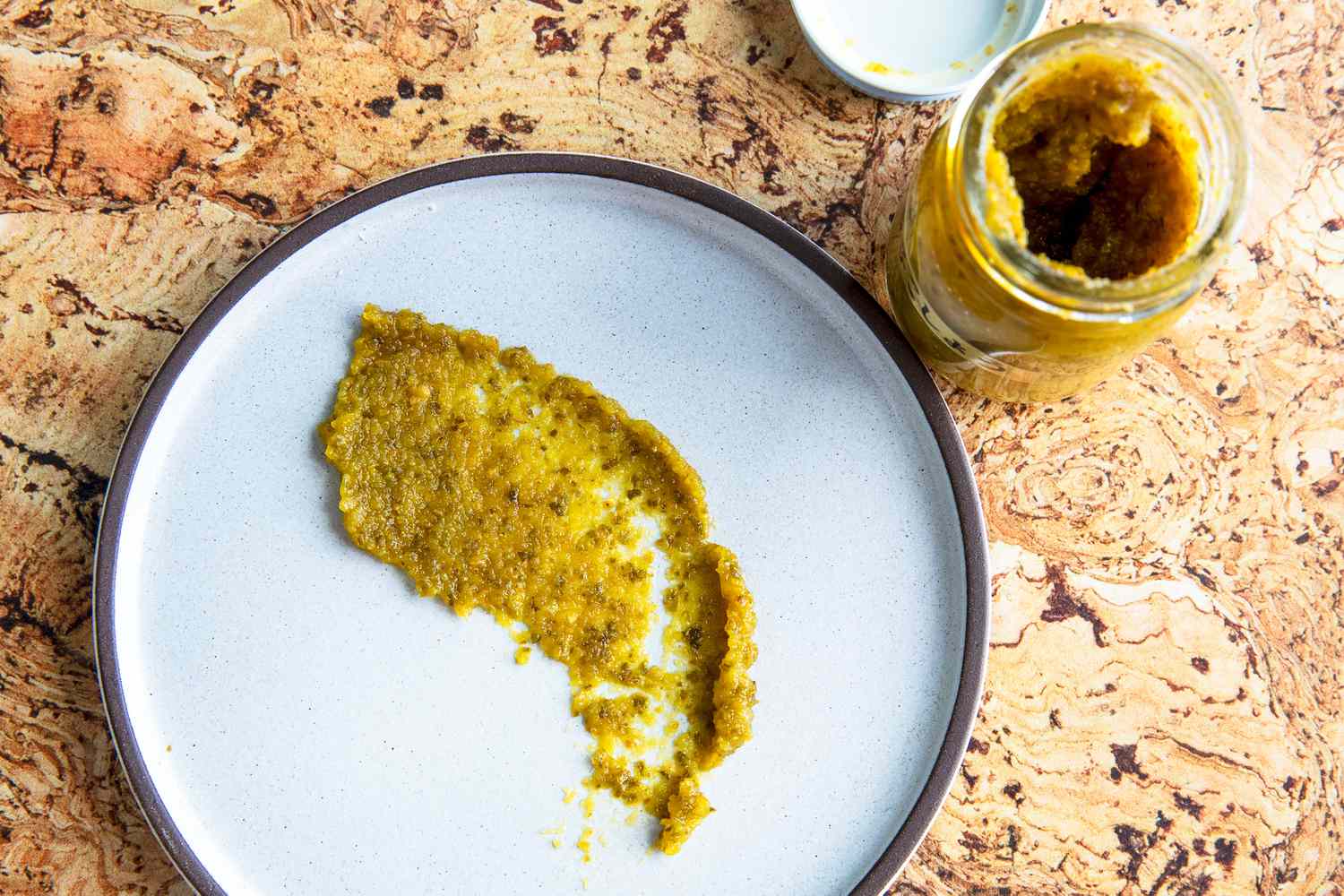Blue cheese is a unique and flavorful type of cheese that has been enjoyed for centuries. Known for its distinct blue veins and tangy taste, blue cheese is a favorite among cheese enthusiasts and food lovers alike. In this article, we'll explore the origins of blue cheese, its production process, popular varieties, and how it can be enjoyed in various dishes.
Origins of Blue Cheese
Blue cheese has a rich history that dates back to ancient times. It is believed to have originated in the caves of Roquefort, France, where the unique mold responsible for the blue veins in the cheese was discovered. Over time, the production of blue cheese spread to other regions, each adding its own unique twist to the traditional recipe.
Production Process
The production of blue cheese involves a specific set of steps that contribute to its distinctive flavor and appearance. Here's a brief overview of the production process:
- Curd Formation: The cheese-making process begins with the formation of curds from milk, typically from cows, sheep, or goats.
- Addition of Penicillium: After the curds are formed, the cheese maker introduces Penicillium mold spores, which give blue cheese its characteristic blue veins.
- Aging in Caves: The cheese is then aged in caves or controlled environments, allowing the mold to develop and the flavors to mature over time.
Popular Varieties
There are several popular varieties of blue cheese, each with its own unique characteristics and flavor profiles. Some of the most well-known varieties include:
- Roquefort: Hailing from the caves of Roquefort, France, this cheese is known for its creamy texture and sharp, tangy flavor.
- Gorgonzola: Originating from Italy, Gorgonzola is a milder blue cheese with a creamy texture and slightly sweet undertones.
- Stilton: This English blue cheese is crumbly in texture and has a bold, robust flavor with earthy undertones.
Enjoying Blue Cheese
Blue cheese can be enjoyed in a variety of ways, adding depth and complexity to dishes. Here are a few popular ways to enjoy blue cheese:
- Cheese Platter: Serve blue cheese on a cheese platter alongside fruits, nuts, and honey for a delightful appetizer or dessert.
- Salads: Crumble blue cheese over salads to add a tangy kick and creamy texture to your greens.
- Pairing with Wine: Blue cheese pairs beautifully with a variety of wines, particularly sweet dessert wines and bold reds.
In conclusion, blue cheese is a beloved cheese with a rich history and a distinctive flavor profile. Whether enjoyed on its own or incorporated into various dishes, blue cheese continues to be a staple in the world of cheese. So, the next time you come across a piece of blue cheese, take a moment to appreciate the craftsmanship and tradition that goes into creating this unique and flavorful cheese.
Was this page helpful?
Read Next: What Is Bread Cream?
